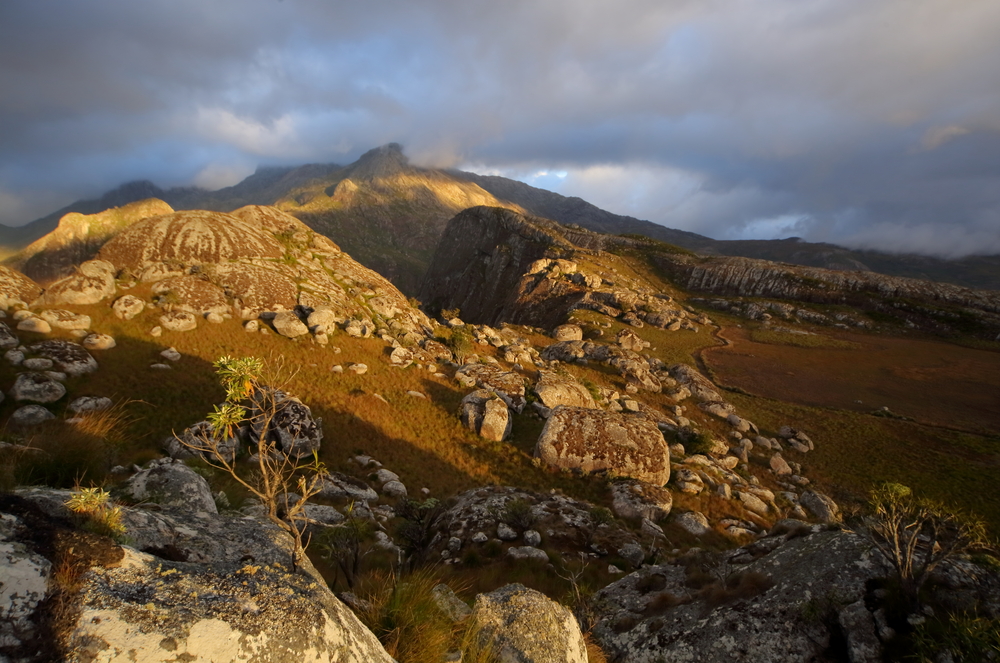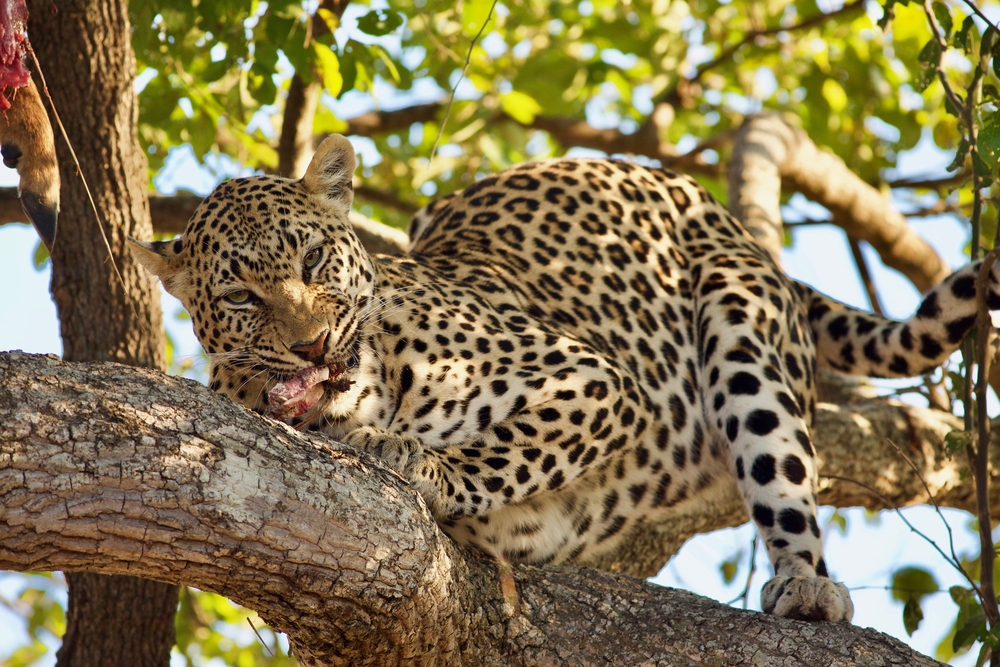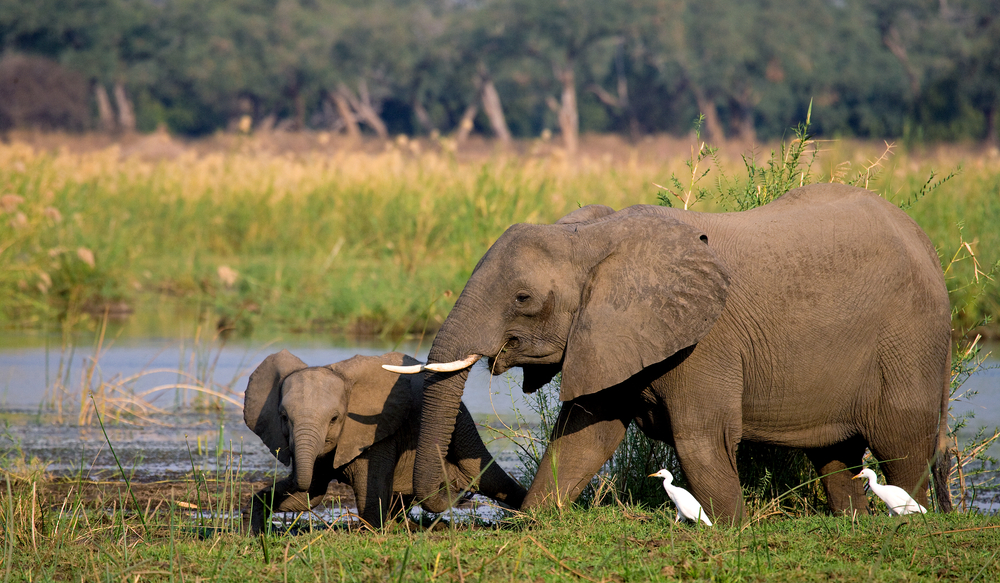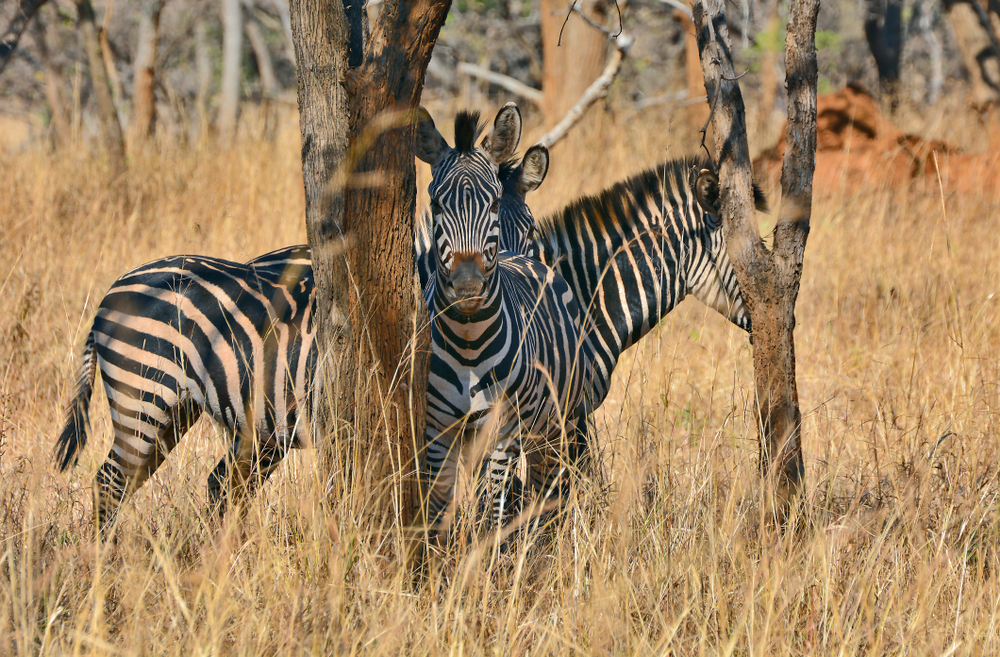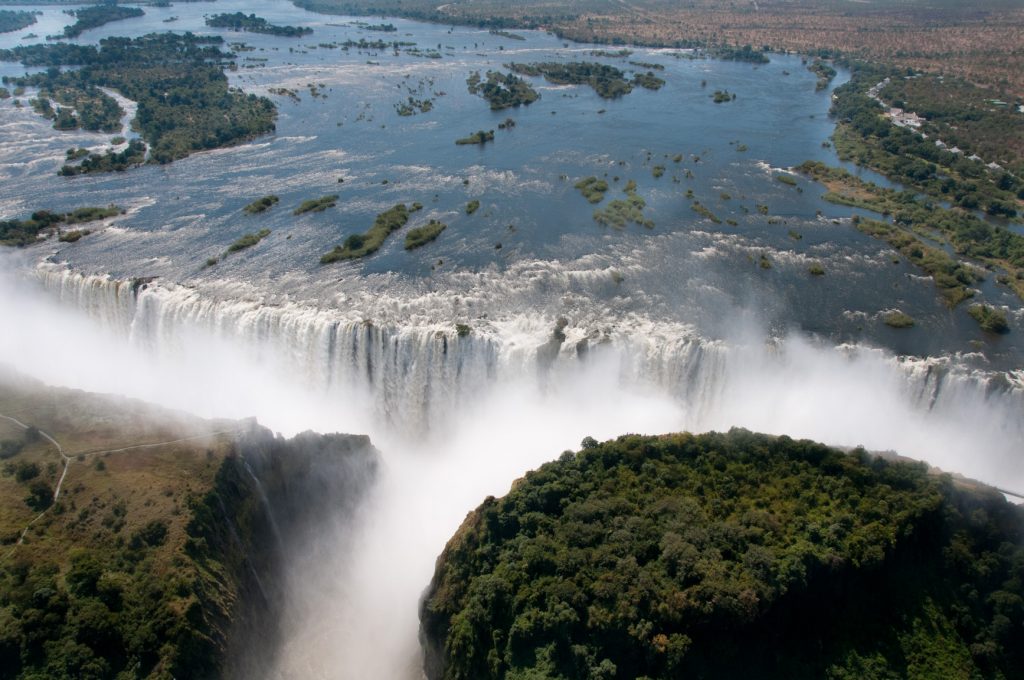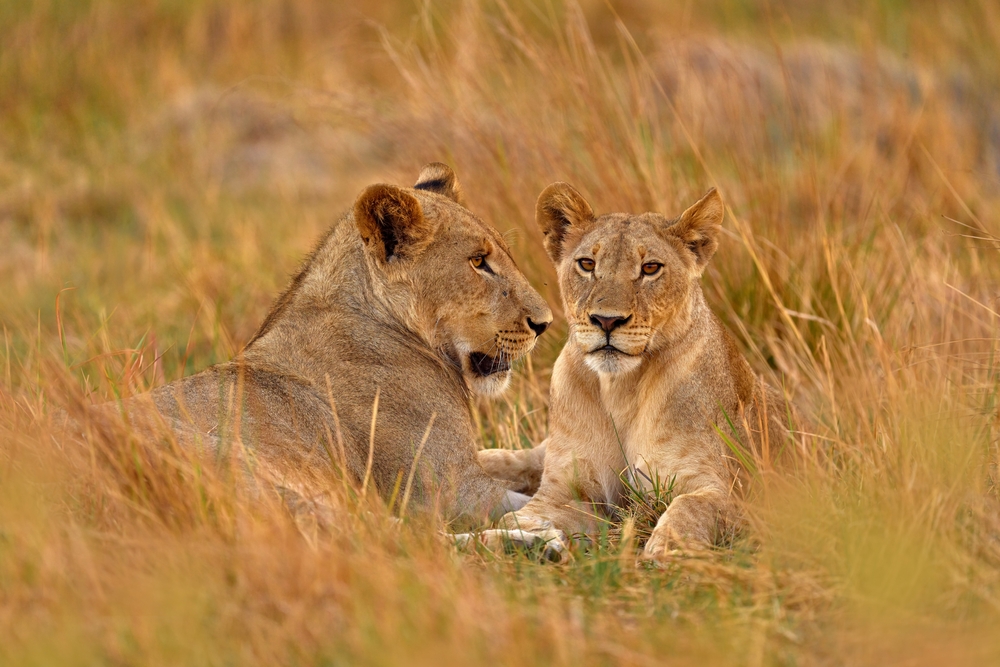Nyika Zambia Overview
Nyika National Park in Zambia, known locally as Paki ya Nyika, forms the northern portion of the expansive Nyika Plateau, a high-altitude haven of natural beauty and biodiversity shared with Malawi. The park covers approximately 80 square kilometers (31 square miles) within Zambia’s borders and is contiguous with its larger counterpart in Malawi, collectively creating one of Africa’s most scenic and ecologically significant protected areas. “Nyika,” meaning “where the water comes from,” reflects the plateau’s role as a vital water source for numerous rivers that sustain communities and ecosystems downstream.
The Zambian section of Nyika National Park offers a unique perspective of the plateau’s rolling montane grasslands, rocky outcrops, and mist-shrouded hills. The area’s altitude, reaching over 2,000 meters (6,561 feet) at its highest points, provides cool temperatures and sweeping views of the surrounding landscapes. During the rainy season, the grasslands are transformed into a colorful tapestry of wildflowers, including a remarkable variety of orchids, making it a botanist’s paradise.
Nyika is known for its exceptional wildlife, with herds of roan and eland antelope grazing the open plains alongside zebras and bushbucks. Predators such as leopards and spotted hyenas roam the plateau, while smaller mammals like servals and genets are frequently observed. Birdlife is abundant, with over 400 species recorded across the plateau, including the wattled crane, augur buzzard, and the endangered blue swallow, drawing birdwatchers from around the globe.
Although the Zambian side of Nyika is smaller, it offers visitors a tranquil and less-visited experience compared to the bustling Malawi side. Its pristine wilderness and lack of crowds make it ideal for those seeking solitude and a closer connection to nature. The region’s dramatic escarpments and natural springs provide additional points of interest, while nearby waterfalls and streams enhance the park’s serene atmosphere.
Conservation efforts in the Zambian section of Nyika are closely tied to those in Malawi, as the two parks are managed collaboratively under transboundary agreements. Anti-poaching patrols, habitat restoration programs, and community engagement initiatives play a crucial role in safeguarding the park’s unique ecosystems and wildlife. These efforts ensure that the plateau remains a refuge for species and a source of sustainable tourism income for local communities.
Activities in Nyika National Park (Zambia) include hiking, birdwatching, and wildlife viewing, with the open grasslands and escarpments offering spectacular vantage points for photography. Visitors can enjoy the tranquility of this remote park while exploring its trails and encountering its diverse flora and fauna. While accommodation options on the Zambian side are limited, camping provides an authentic and immersive experience in this unspoiled wilderness.
In summary, Nyika National Park in Zambia is a hidden gem, offering visitors a serene and untouched corner of the plateau to explore. Its dramatic landscapes, abundant wildlife, and conservation importance make it a must-visit destination for eco-tourists and nature enthusiasts.








































































